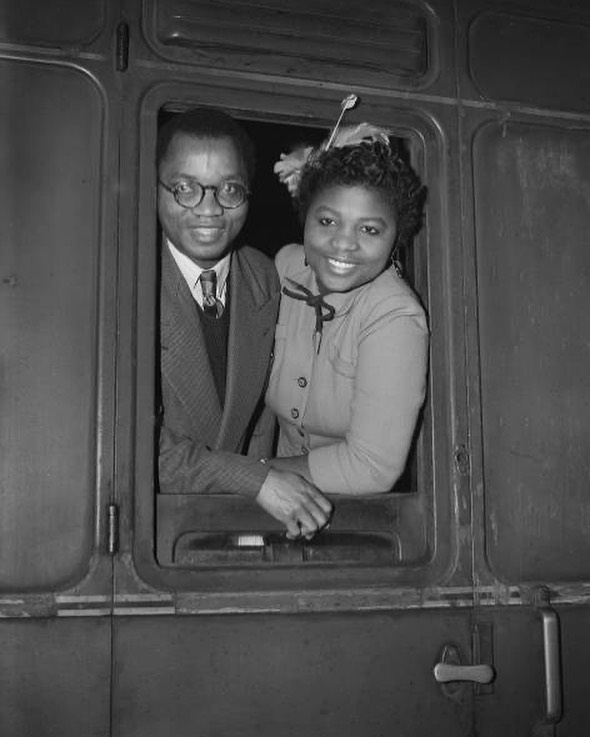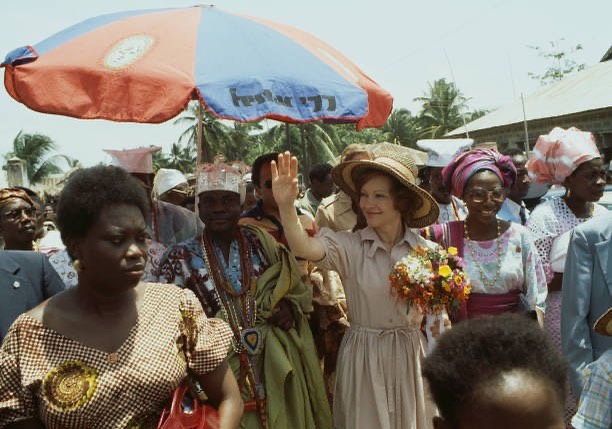Ben Enwonwu Chukwukadibia, the most prominent African sculptor and artist of the 20th century, created the statue shown in this image. Following his brother Ajaka, the second Emperor of the Oyo Empire, who ruled for seven years, Sango was the third Alaafin of Oyo. He was the youngest of Oduduwa’s descendants and the second son of Oranmiyan, the man who founded the Oyo Empire. Sango was a strong and courageous man who got the most of his unique skills from his mother’s tribe, the Nupe. His mother, Torosi, was a Nupe princess. Olowu, Ajaka’s cousin and the ruler of Owu Kingdom, regularly waged war against Oyo Empire during the reign of Alaafin Ajaka. Later, Olowu dispatched his men to seize Alaafin Ajaka and transport him to Owu. The Oyomesi, or Oyo’s council of chiefs, dispatched for Sango in Nupeland, where he had resided, in an attempt to save Alaafin Ajaka. Alaafin Ajaka was banished, and he was crowned King after saving Ajaka. During his lifetime, Sango was married three times: first to Oba, who was considered the genuine wife in the conventional sense; second to Oshun, who was considered a concubine; and third to Oya, who was not granted a marital privilege or dowry. The three spouses are now the river’s goddesses. Oya was a prominent figure in the Yoruba pantheon and one of the most powerful African deities. Because of her strength and bravery on the battlefield, they thought she was untouchable by the enemy. (OYA) She is a symbol for the elements of lightning, wind, death, and rebirth. Oya was a spirit who could transform into many animals and summon rain. The romance between Sango and Oya ended tragically. Oya was generally more than just Sango’s wife. Because of their tight bond, Oya was able to gain access to Sango’s heart. She might utilize Edun Ara or Sango’s thunderbolt—both of whom have achieved amazing military victories—to hasten Sango’s demise. Oya becomes closer to Sango as a result of the ensuing jealousy between Oba and Oshun, becoming his princess consort (Ayoo) and gaining access to Sango’s thunderbolt Edun Ara), which ultimately brings about his demise. During his reign, he had two generals: Timi Agbale Olofa-ina, who was a fire arrow shooter, and Gbonka, an equally strong man.…





